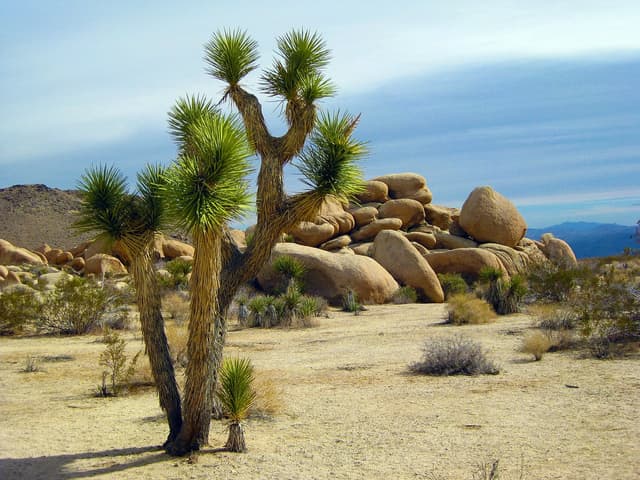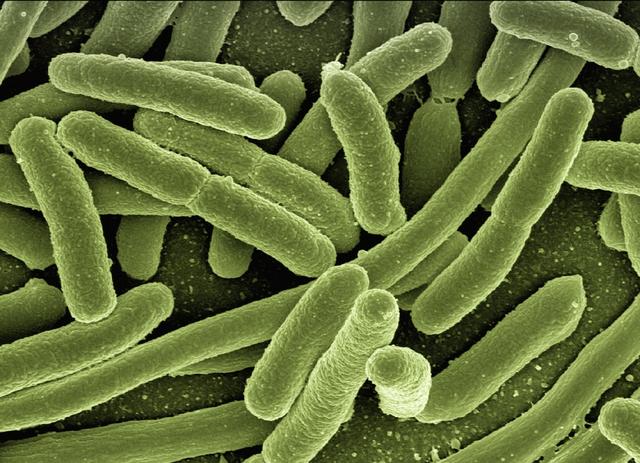Starter quiz
- Which of these things is a fossil?
 a living organism
a living organism the remains of a dead organism
the remains of a dead organism a rock
a rock the mineralised remains of an organism in a rock ✓
the mineralised remains of an organism in a rock ✓
- Which of these things could become a fossil?
 an animal ✓
an animal ✓ a plant ✓
a plant ✓ a rock
a rock a metal can
a metal can
- Which of these things could not become a fossil?
 bacteria
bacteria coin ✓
coin ✓ dung
dung toy ✓
toy ✓
- Who correctly explains why it is unlikely that a jellyfish could become a fossil?
 Aisha: “Jellyfish live in the ocean. Fossils can’t form there.”
Aisha: “Jellyfish live in the ocean. Fossils can’t form there.” Lucas: “It moves around too much and won’t get trapped in rock.”
Lucas: “It moves around too much and won’t get trapped in rock.” Izzy: “It has a soft body and no bones, so a body fossil won’t form from it.” ✓
Izzy: “It has a soft body and no bones, so a body fossil won’t form from it.” ✓
- True or false? Every organism that dies becomes a fossil.
- True
- False ✓
- Put the statements in order to explain how a dead organism can be turned into a fossil.
- 1⇔The organism's remains are buried in a layer of sediment.
- 2⇔More layers of sediment build up on top.
- 3⇔The pressure turns the sediment to rock.
- 4⇔Water seeps through and dissolves the remains of the organism.
- 5⇔Minerals in the water replace the remains.
Exit quiz
- When a rock contains the mineralised remains of a once-living organism, it is said to contain a ...
- 'fossil' ✓
 How old are the oldest fossils ever found?
How old are the oldest fossils ever found?- 3.5 years old
- 3.5 thousand years old
- 3.5 million years old
- 3.5 billion years old ✓
-
- How old are the newest fossils ever found?
- 10 years old
- 10 thousand years old ✓
- 10 million years old
- 10 billion years old
-
- Match each term to the correct definition.
- fossil⇔the mineralised remains of a single dead organism ✓
- fossil record⇔all the fossils ever found and their ages ✓
- evolution⇔changes in the characteristics of a species over many generations ✓
- Which fossil is the most recent evolutionary ancestor of the modern whale?
 Ambulocetus
Ambulocetus Dorudon ✓
Dorudon ✓ Indohyus
Indohyus Pakicetus
Pakicetus
- What can fossil evidence tell us?
- What every individual in the species looked like.
- What similarities are shared between modern species and their ancestors. ✓
- How the characteristics of species have changed (evolved) over time. ✓
- How many organisms existed in a particular time period.
- The reasons why some species became extinct.
-
Worksheet
Loading worksheet ...
Presentation
Loading presentation ...
Video
Lesson Details
Key learning points
- The fossil record is made up of millions of fossils aged from 10,000 to billions of years old.
- Fossils show that some species have gone extinct.
- Fossils show that the features of some species have changed (evolved) over time.
- An example of a series of fossils showing changes from evolutionary ancestors to modern species (e.g. whales).
Common misconception
Students often struggle to remember that any organism (not just animals) can become a fossil
This is addressed in the lesson by including examples of fossilised plant and cell material. The first practice task also addresses this misconception.
Keywords
Fossil - Fossils are the mineralised remains of once-living organisms, or of traces left behind by organisms.
Fossil record - All the fossils ever found, and their ages, provide a body of evidence called the fossil record.
Extinct - An extinct species has no living members.
Evolution - The process in which the characteristics of species change over many generations, sometimes becoming new species.
+